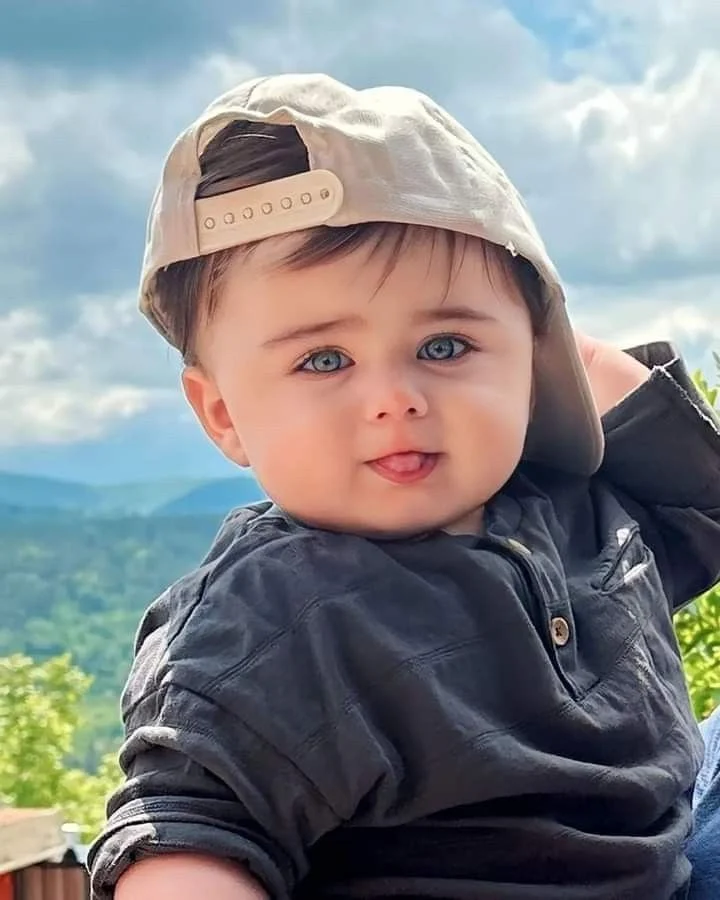“Look, it’s Uncle Jake!”
At first, I was puzzled, wondering how my younger brother, who lives miles away, could possibly be in our living room. But then I realized my 2-year-old son was pointing at the TV, where none other than NBA superstar Kobe Bryant was making his mark. In stark contrast to Kobe’s towering 6-foot-6 frame, my brother stands at about 5-foot-9. Let’s just say, he’s not exactly an athlete.
Another day, Uncle Jake transformed into two other sports figures—LeBron James and quarterback Russell Wilson. A few weeks later, he became a random college basketball player from one of those teams that typically gets knocked out in the first round of the NCAA tournament. (Yes, I watch a lot of sports.)
Despite the fact that Uncle Jake shares little in common with these athletes, it clicked for me: my son was beginning to recognize skin color.
Uncle Jake was “brown,” just like the African-American players my son, Max, saw on screen. Although my brother is relatively young—around a decade older than some of those college players—Max could clearly see the similarities. I found the comparisons amusing, yet I felt a twinge of anxiety.
It wasn’t the “race talk” that frightened me. As a Black mother, I know these conversations are unavoidable, often initiated earlier by Black parents due to societal circumstances. I understood this was a normal developmental stage; children start noticing color differences in infancy and can verbally identify them by age 2 or 3.
What I struggled with was how to navigate this discussion with a biracial child who might see himself as neither fully Black nor White, and perhaps not even grasp the concept of being “both.”
I couldn’t help but question if I had somehow failed him by not exposing him to more people of color. While we live next to an Indian family, and his daycare has a good mix of backgrounds, the majority of adults he interacted with were White. Black adults, particularly, were scarce. Though my family—diverse in ages and skin tones—spends quality time with Max, Uncle Jake was his only young Black male role model. I didn’t want him to form associations or stereotypes based solely on what he saw on TV.
Interestingly, he saw those athletes as different from himself, even though he inherited his brown skin from me. I vividly remember asking around his age why some people had White skin when everyone around me was brown. But Max’s experience has been uniquely different.
“So, what color are you?” I asked one day, curious about his perception.
“I’m White, like Daddy,” he replied.
“No, you’re both brown and white,” I said. “You’re part like Mommy and part like Daddy.”
To be fair, he struggled a bit to distinguish between White individuals as well. On TV, “Daddy” could be anyone from singer Michael McDonald to various politicians debating healthcare reform. While he recognized skin color, he also noted age and body types.
He could associate specific White men with Dad and Black women with Mom, which made me happy to see him acknowledging traits beyond skin tone.
As I listened more intently, my fears began to dissolve. Yes, my son noticed color differences, but he hadn’t absorbed harmful societal messages that might suggest one skin tone is more valuable than another. He appreciated his friends with brown skin and even those from “Chinese,” yet he never referred to their skin or features as weird or ugly.
At a young age, children often begin to form racial biases, but perhaps our family’s deliberate efforts—like participating in cultural events and ensuring diversity in his daycare—were paying off. Max saw it as normal for children to have parents of different colors and for individuals from all backgrounds to interact as friends. He could have “brown” family and “peach” family, and feel comfortable with both.
I’m not naive; I know that this level of racial harmony won’t last forever. As kids grow older, they inevitably start to absorb negative messages from society. However, fostering genuine friendships at an early age that cross racial and ethnic lines could be a solid foundation.
Now, at 5, Max’s sense of identity and racial awareness has matured, though he still views the world in vivid colors. He no longer identifies as White like Daddy but describes himself as “peach.” One day during bath time, he excitedly pointed out that he was the same color as his younger brother, who hadn’t even been born yet.
Maybe he’s light brown but not as brown as Mommy, who’s brown like Uncle Jake. (He’s also moved beyond his comparisons to athletes and musicians, which is a relief.) Max feels he embodies a little of both, and he appreciates that. And I do too.
For more insights on parenting, check out this other article on our site that discusses the importance of diversity in upbringing. Additionally, if you’re looking for tools to assist with at-home insemination, visit a reputable online retailer like Make a Mom for their selection of fertility kits. Also, if you’re interested in learning more about pregnancy and home insemination, Cleveland Clinic offers excellent resources.
In summary, my biracial son’s journey in recognizing color is a reflection of a broader conversation about identity and awareness. While he sees color differences, he hasn’t adopted societal biases. Our family’s commitment to diversity and inclusivity seems to be fostering a healthy understanding of race.

Leave a Reply